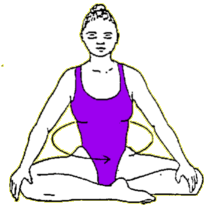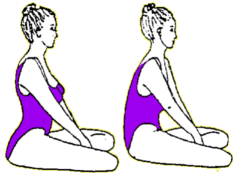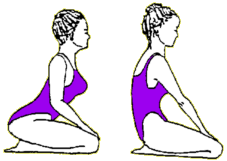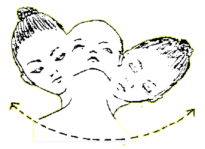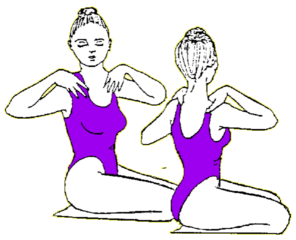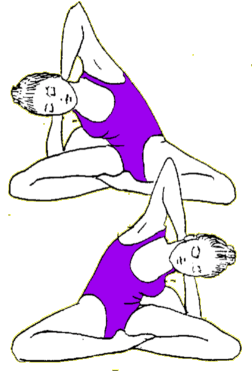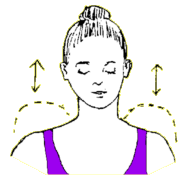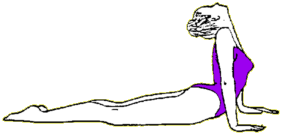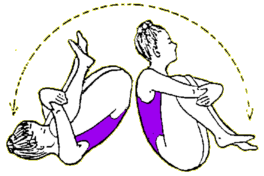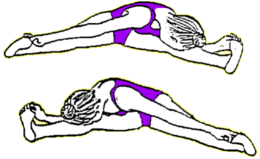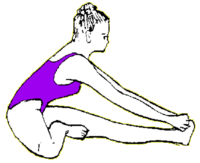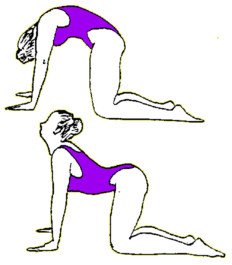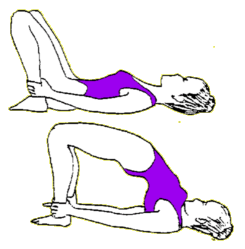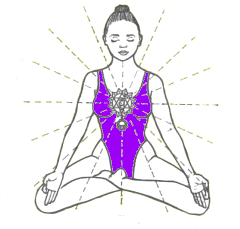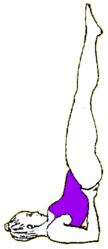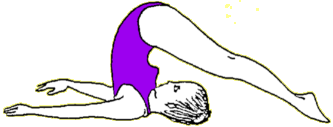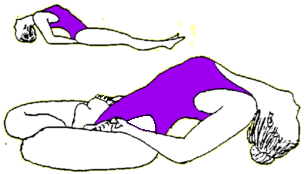As I was watching and listening to the Summer Olympics in 2008 where the phenom Michael Phelps won 8 gold medals for 8 events at Beijing, many people began to question why he was so good at the sport of swimming. 4 main reasons cited by the scientists and commentaries were
1. His long arms or wingspan, which was 79 inches in length compared to his height which was 76 inches. Compared to most other Olympic swimmers, Michael Phelps is of average height.
2. His abnormally large feet, shoe size 14.
3. His reported legs and ankle which were supposed to be double jointed giving him a greater range of flexibility, allowing for his feet to give strong bursts of propulsion.
4. His disproportionately long and large torso, compared to his legs. Supposedly he had the torso of someone who was more 6 ‘8″ and the legs of someone who was 6’ 0″. (Reference Link 1)
Now that the Summer Olympics are back and Michael Phelps swimming prowess are again mentioned, along with Ryan Lochte this time. We could talk more about his swimming accomplishment but lets focus on his height and length, which is what this site is about. I used to also be a huge swimmer as well so I guess I could be more authoritive on my swimming analysis but no one really wants to hear about that.
One thing that is clear from the start is that professional, Olympic ranked swimmers are usually very tall (Reference Link 1). However, the point that I wanted to emphasize about the swimmers build is over reason #4, that the torso seems to be far larger and longer than the legs.
I realized long ago that my body was of the same shape as Phelps, but not as tall. My torso is abnormally large and long compared to my legs. During the Summer of 2008 I really was doing 2 main things. Going to swim early in the morning for 2 and a half hours. Then, coming back home late in the afternoon to watch the Olympics, specifically Phelps to swim. Unfortunately of all the races, the one I missed was his 7th swim, against Michael Cavic which was definitely the most exhilirating swim match I have ever seen.
When I saw the amount of food that Phelps ate and compared it to myself, I wondered about this theory. What if the portions of a person’s torso to their legs is mainly determined by their eating habits when they are young?
I know that I used to eat the same amount as 2, maybe even 3 normal sized grown adults. My stomach would always be stretched out and I could feel my entire upper body ,the torso being expanded as much as possible. My mother noticed early on that my upper body seemed to be far greater than my legs. In terms of genetics, I do have some height in my family. My Grandfather from my mother’s side of the family was supposed around 6 feet tall during a time when the average male of his country was probably 5’4″-5’6″. My male cousin is on my mothers side is also rather tall, but his height seems to be from his legs. My father’s side of the family is on the short side with rather average to short length legs.
When all this information is combined, I form this theory in my head.
1. The size and length of our torso is mainly determined by the amount of food and the nutrition value we gain when we were younger while still growing. So if you eat a lot when you are younger, you will grow taller because your torso, vertebrate, and skeletal structure will be increased in size.
2. The size and length of our legs , and subsequently, our arms and limns are determined by our genetics and the heights of our relatives and ancestors.
So that is it. My theory is really something I have thought about but never tried to prove or disprove. You can choose to accept it or not but it was something I wanted to put out there for others to think about.



